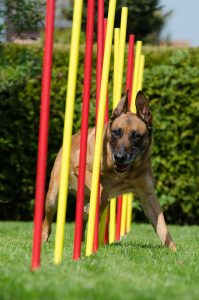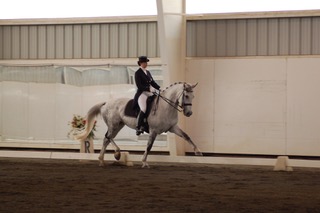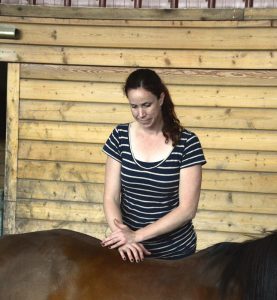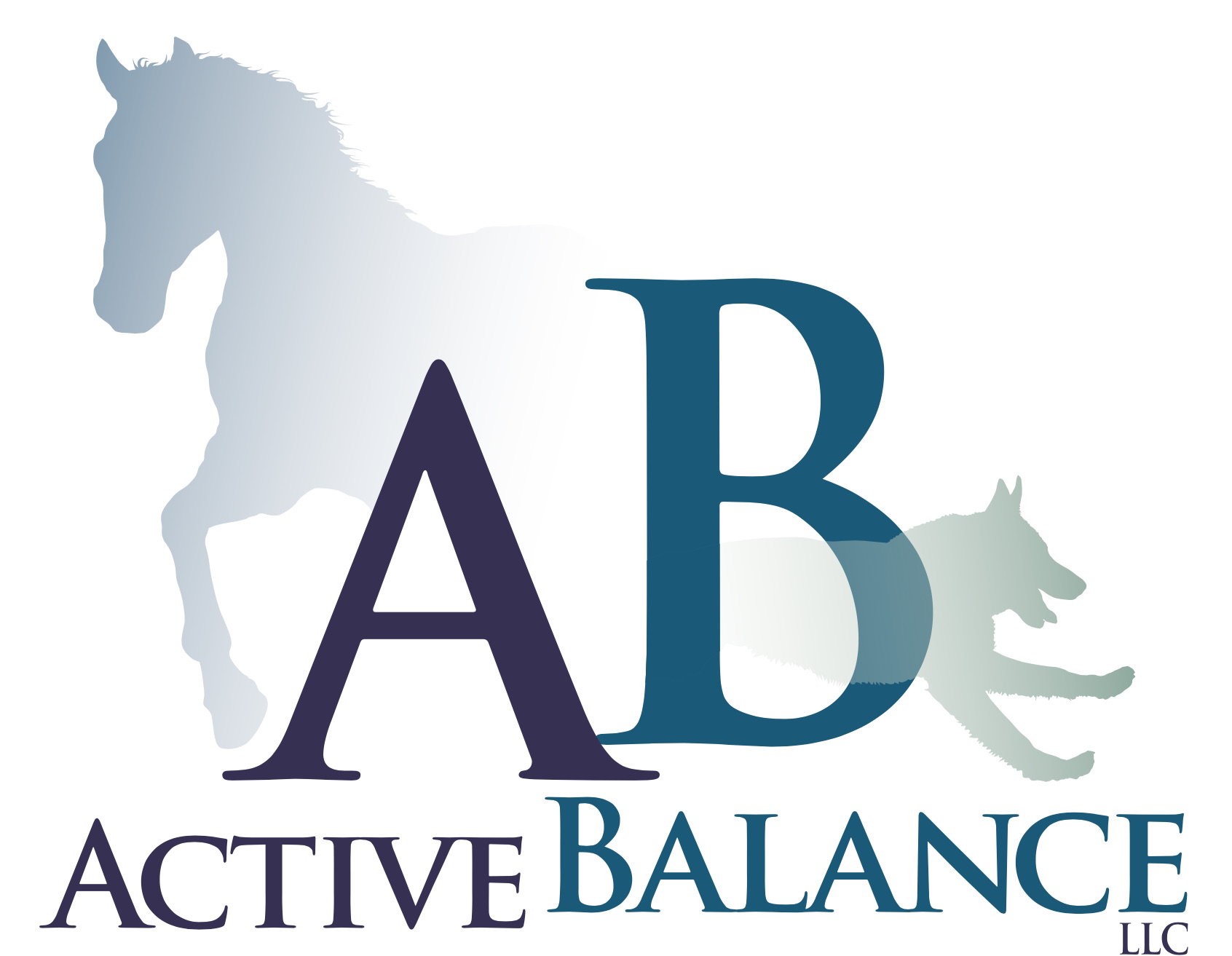 Chiropractic care is a full body approach that focuses on the axial skeleton system to provide appropriate joint motion and function. When joints in the spine experience restriction it causes muscle tension and soreness, along with restrictions and abnormalities to blood flow and to nerve function. Chiropractic uses controlled forces applied to specific joints or anatomic regions to cause a therapeutic response due to the induced changes in joint structures, muscle function and neurological reflexes.
Chiropractic care is a full body approach that focuses on the axial skeleton system to provide appropriate joint motion and function. When joints in the spine experience restriction it causes muscle tension and soreness, along with restrictions and abnormalities to blood flow and to nerve function. Chiropractic uses controlled forces applied to specific joints or anatomic regions to cause a therapeutic response due to the induced changes in joint structures, muscle function and neurological reflexes.
Dr. Yates continues to work with her mentor, Dr. Sid Erickson, multiple times a year to develop better insights into how her work impacts nervous system health. Dr. Yates uses a functional neurology and neuromuscular approach. By correcting the function of the nervous system and enabling appropriate muscle function during an adjustment, her patients tend to hold their adjustments longer and continue to improve with time and regular chiropractic visits. She believes that, by reprograming the nervous system to allow muscles to function at their highest level, the body can then hold its best balance and alignment.

Canine chiropractic
Dr. Yates is experienced working with performance/athletic dogs, injury correction, regular chiropractic maintenance and geriatric care. Chiropractic therapy is very effective in maintaining lifelong comfort by helping animals preserve their optimal mobility as well as correcting compensation patterns caused by injury and lameness issues.
Abnormal weight-bearing and altered-gait patterns can overwork or injure associated back muscles and may cause subluxations and joint fixation. Back injuries can result in increased abnormal forces on joints resulting in lameness or gait alterations. Chronic gait alterations lead to increased wear and tear on joints, causing problems such as degenerative joint disease and arthritis. Maintaining proper balance and function can keep our pets comfortable and healthy longer and help them maintain their mobility as they age.

Chiropractic is good for, but not limited to:
• Chronic musculoskeletal problems.
• Acute tension or stiffness.
• Back injuries
• Muscle spasms and nerve problems.
• Diagnosed pathologies such as hip dysplasia and CCL rupture.
• Skin problems such as lick granulomas
• Providing comfort for geriatric dogs
• Maintaining athletic/performance dogs
Equine Chiropractic
Chiropractic care is essential in maintaining our performance athletes. It is valuable preventative care that allows your equine partners to function and feel their best. Everyday soreness, whether caused by saddle fit or normal athletic wear and tear, take a toll on your horses’ performance. Chiropractic can help maintain balance, appropriate muscle function and allows your horse to perform at peak levels.
In equine veterinary practice, chiropractic can offer valuable assistance to veterinarians dealing with difficult lameness issues. Chiropractic can help isolate the primary cause behind a lameness by eliminating the compensation soreness and gait abnormalities, making the true nature of the lameness become clearer. In equine practice, back problems and leg injuries are often closely inter-related.
The abnormal weight-bearing and altered-gait patterns can subsequently overwork or injure associated back muscles. Back injuries can result in increased forces to the joints, often leading to lameness due to abnormal joint wear and tear. When dealing with primary back injury, unless the primary cause of back pain is identified and treated, most horses will have recurring pain, especially when returning to work after a period of medication and/or rest.
Chronic gait alterations lead to increased wear and tear on joints, causing problems such as degenerative joint disease and arthritis. Maintaining proper balance and function can keep equine athletes working sound longer and decrease the need for joint injections. Chiropractic can also be a very useful diagnostic tool for locating mild lameness.
 How is equine chiropractic care used?
How is equine chiropractic care used?
• To treat chronic musculoskeletal problems
• To treat acute problems such as tension or stiffness
• Preventative treatment to maintain fitness and performance
• To maintain soundness in older animals
• To enhance the performance ability of your equine athlete
 Recognizing Signs of discomfort
Recognizing Signs of discomfort
• Reduced performance
• Abnormal posture
• Biting and pinning ears when being saddled
• Discomfort under saddle (head tossing, hollowing of the back, tail swishing)
• Difficulties with collection, lateral gaits and flexion of the neck
• Refusing Jumps or inability to round back over fences
• Muscle imbalance, spasms or atrophy
• Lack of swing through the back
• Gait difficulties – crossfiring, lead problems, lack of strength in one direction
• Difficulty engaging the hindquarters
• Difficulty working “long and low”
• Shortened stride length
• Non-descript lameness (A horse who is just “off” but not lame)
• Overall decreased range of motion in gait
• Difficulty flexing the poll
• Lameness
• Recent injury from falls, training or other activities
